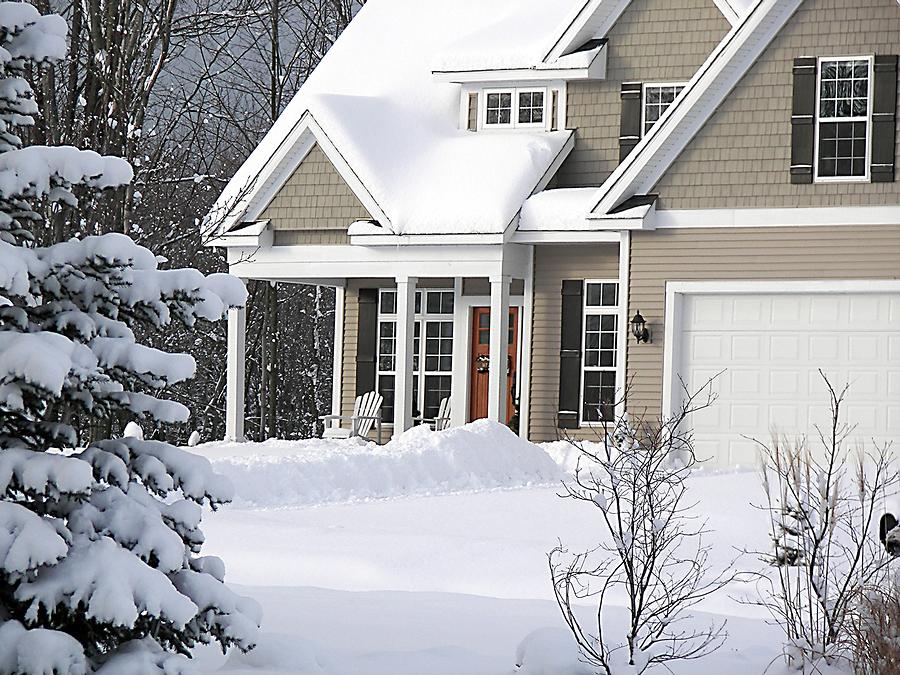
The cold winter months can wreak havoc on your home’s plumbing system if you aren’t prepared for the temperature drop. Frozen water in pipes can be inconvenient at best and destructive at worst. As a good preventive measure get ready for winter with this winterize plumbing checklist.
- Fix Leaks
Even the smallest water leak can turn into a big problem when temperatures drop. Take the time to check all exposed pipes indoors and out for leaks. If you wait for the water to freeze the damage to surrounding pipes is likely to be more significant. If your pipes are insulated feel for moisture that might have been soaked up by the insulation if there is a hidden leak.
- Insulate Pipes
A basic preventive measure you can take is to make sure that any exposed pipes are well insulated. To locate exposed pipes look in your attic, crawl space, and garage. If you can see the pipe it needs to be wrapped with insulation foam. Pipe wrap insulation is inexpensive and easy to install and it can save you on heating costs as well as keeping your pipes protected.
- Swamp Cooler
An evaporative cooler, also known as a swamp cooler, is another source of water that needs to be drained before winter. To winterize your swamp cooler turn off the water and power to the unit first. Drain the water out of the cooler and the water supply line to the unit as well. This is a good time to clean the interior and change the pads. Finally, cover the swamp cooler with a cover or tarp to keep it dry over the winter months.
- Pump House
Prevention and planning are key for a smooth winter season when your water comes from a well. Proper insulation of the pump houses can keep pipes from freezing. For added protection it is important to insulate any exposed pipes in the pump house. A heat source is also needed to keep the temperature of the pump house above freezing.
- Outside Hose Bibs
Protecting the hose bibs and pipes from the cold is very important. Start by removing any garden hoses that may be connected to outdoor faucets. By removing garden hoses you ensure that water doesn’t stay trapped in the hose bib where it can freeze and damage pipes. Drain any water the hoses may have in them before storing. Protect garden hoses by storing them in the garage or shed during winter. To protect hose bibs from the cold you can drain collected water and insulate them. In places where temperatures drop significantly every winter many homes have dedicated shut off valves for outdoor hose bibs or faucets. If you happen to have a shut off valve you can turn the water to the hose bibs off. You will then need to drain any water that is already in the pipes. This can be done by opening the hose bibs and letting the water drain completely. If you don’t have a shut off valve you can protect hose bibs and outdoor faucets by insulating them with hose bib covers. Hose bib covers are inexpensive and easy to install. The insulation that these foam covers provide will keep the hose bibs from freezing.
- Shut Off Sprinkler System
The pipes of your irrigation system are a likely place for water to collect and then freeze in cold weather. To winterize your sprinkler system turn off the water and flush out any collected water by turning on each valve.
- Locate Your Water Main
Lastly you should be sure to locate your water main in case of an emergency. Should you be faced with a burst pipe due to freezing, you’ll want to be able to shut off the water quickly to minimize damage.
We hope these tips are helpful in the coming winter season! Call the Outstanding Plumber today for 24/7 service on all emergencies! Our experts are standing by with your frozen and burst pipe solutions. Call today!